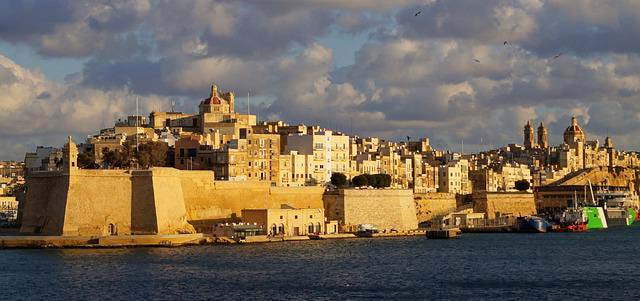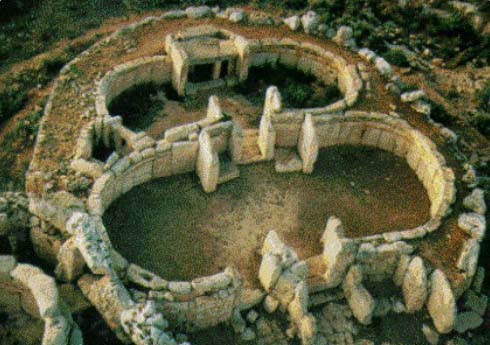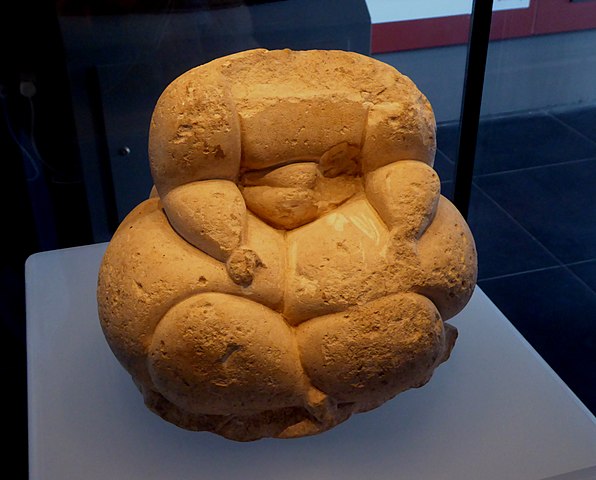
There was no sign of warfare; not a single weapon was found. Burial sites showed no differentiation between genders or classes. The architecture was a blend of masculine and feminine elements mixed together for the greater good, with angular, squared-off lintels worked into softly curving walls.

And their deity was a goddess, plump and full-figured. Her rounded silhouette looks to have been the inspiration for the Mnajdra Prehistoric Temples, seen above.

In 1530 the Holy Roman Emperor Charles V gave the island of Malta to the Knights of Saint John, who built the city of Valetta, pictured at the top. A UNESCO World Heritage Site, Valetta is one of the best-preserved fortified cities. It’s often described as an open-air museum.
You Are Invited To Visit Malta This Fall
- Egypt, Jordan and Malta October 4 – 25
- Egypt Only October 4 – 14
- Egypt and Jordan October 4 – 19
- Jordan Only October 14 – 19
- Jordan and Malta October 14 – 25
- Malta Only October 19 – 25
Photo credit: Rotund Malta goddess figurine by Ethan Doyle White, CC BY-SA 4.0, via Wikimedia Commons